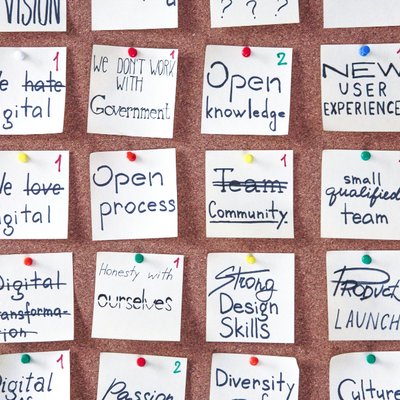These layers, or stages, create a framework that empowers educational tools to serve learners with greater precision, adaptability, and personalization than ever before. From infrastructure to user interaction, each layer is dedicated to a specific purpose, making it easier for educational companies to build tailored learning experiences that align with real-world needs.
What is the AI Learning Layer?
AI in education is often visualized as a multi-layered pyramid, where each level serves a different function. In this "learning layer" model, each layer influences the final outcome and adapts to the learner’s needs:
- Infrastructure Layer: This foundational layer is made up of the computing power and resources, like AI chips and servers, that power every request. It serves as the bedrock, supporting billions of interactions in educational applications globally.
- Model Layer: The model layer hosts advanced language models (LLMs) such as GPT or Claude, responsible for understanding and generating human-like responses. This layer can include large or smaller models depending on the complexity of the queries. For education, it’s essential that these models balance being helpful with creating responses that are age-appropriate, context-sensitive, and respectful of diverse perspectives.
- Application Layer: This layer tailors the AI to specific educational needs. For instance, a language-learning app or digital classroom might include configurations that draw on lesson plans, instructional strategies, or pedagogical research. The application layer provides the educational focus, transforming general AI capabilities into purpose-built tools for teachers, students, and parents.
- User Layer: While not always visualized, the user layer incorporates the personal data, specific instructions, or queries provided by individual users. This layer makes it possible to generate customized content that addresses specific learning standards, preferences, or objectives.

A New Approach: Multi-Directional Processing
One of the strengths of AI layering in education is its flexibility. Requests flow “down” the layers for interpretation, and results flow “up” with processed answers tailored to the educational setting. This multi-directional movement enables checks, refinements, and controls at each level, ensuring the outputs align with educational goals. A teacher requesting a 45-minute lesson plan on a specific topic, for example, can receive a response that has passed through all these layers, filtered and refined to be classroom-ready.
Challenges and Considerations in Educational AI Layers
While the layer model is powerful, it isn’t without its challenges, especially in education:
- Customization Needs: Generic AI models can answer basic queries, but often lack the personality and depth needed in education, where inspiring curiosity and engagement is key. Customizing AI to bring in motivational and challenge-oriented elements requires additional work.
- Consistency Across Tools: Since many educational applications rely on the same base models, responses may appear similar across different tools. Highly customized education layers can help create distinct learning experiences but require significant investment in training and development.
- Educational Alignment: Traditional AI models prioritize providing quick, neutral answers, which doesn’t always align with educational needs that benefit from debate, exploration, and active problem-solving. This discrepancy has spurred a push toward specialized educational models.

The Future of Learning Models: Education-Specific AI Layers
Today, major tech players are beginning to address the unique requirements of the education sector by developing “learning models,” or LLMs specialized for education. Examples include Google’s LearnLM, Microsoft’s Phi, and the Chan Zuckerberg Initiative’s AI programs focused on educational knowledge. These purpose-built models bring education-specific insights into the foundational layers, raising the bar on what’s possible in instructional design, student engagement, and curriculum alignment.
Benefits of an Education-Specific AI Layer
A dedicated “learning layer” has the potential to reshape education by providing:
- Higher Pedagogical Quality: By integrating learning science and instructional design, an education-focused model could enable higher-quality interactions, support diverse teaching strategies, and create customized learning journeys.
- Interoperability: These layers can connect diverse tools, enabling seamless data and resource sharing across platforms, making it easier for teachers and students to leverage multiple resources.
- Data-Driven Insights: With natural language data queries, an educational AI layer could enable educators to analyze and visualize learning patterns in real time.
- Enhanced Assessment Tools: Moving from traditional assessments to dynamic, formative assessments becomes more feasible with AI layers that can continually adjust to students' evolving needs and progress.
Key Challenges Ahead
Implementing and scaling these layers will require careful consideration of ethical and practical questions. Issues like cost, equitable access, and who decides the pedagogical models incorporated into AI layers are critical. To ensure AI layers serve educational goals effectively, stakeholders in the tech and education sectors will need to collaborate, balancing innovation with responsible practices.


